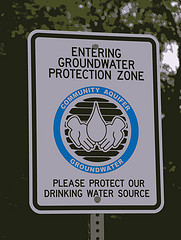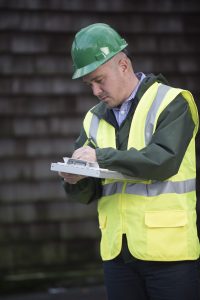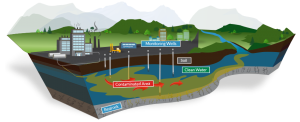Groundwater contamination can come from landfills, septic systems, underground or above ground storage tanks, industrial facilities and users of hazardous materials that are known to contaminate groundwater.
Groundwater contamination may include organic and inorganic chemicals, bacteria and radioactive substances with various physical characteristics. Methods have been developed to treat specific contaminants or combined contaminants to meet remediation goals.
First you need to have a soil investigation.
Treatments for groundwater contamination generally fall into three technological categories:
- Biological
- Chemical
- Physical
It’s sometimes more effective and faster to combine treatment methods. Typical goals of groundwater contamination clean-up are to arrest the spread of contaminants, remove the contaminants or reduce their concentrations to regulatory standards, and to restore contaminated groundwater to a safe and usable condition.
Many factors affect design and implementation of treatment options.
Cleaning up groundwater contamination starts with a detailed site investigation. Environmental Data Management Systems (EDMS) may simplify the groundwater investigation. This investigation includes characterizing:
- Hydrogeological conditions such as permeability and groundwater flow
- Proximity to people
- Access to power sources needed to operate treatment systems. Some low-power systems can be operated self-sufficiently in remote areas using solar panels or a wind turbines
- Chemical properties of the contaminant source(s) and the contaminated groundwater plume
- History of the site as it relates to when/how contamination occurred
The above provide a composite picture of the site conditions that can then be used to evaluate possible treatment options and design the most effective strategy. A remediation plan should include a series of tasks including treatment system and groundwater monitoring to guide adjustments as clean-up is underway. Monitoring following project completion, called post-closure monitoring goes on for a project-specific time and establishes confidence that the results are as expected.
Call Walden for more information regarding your groundwater contamination needs.
(516) 624-7200 (NYC – Long Island)
(845) 745-0888 (Hudson Valley Area)
(518) 698-3012 (Capital District Area)




